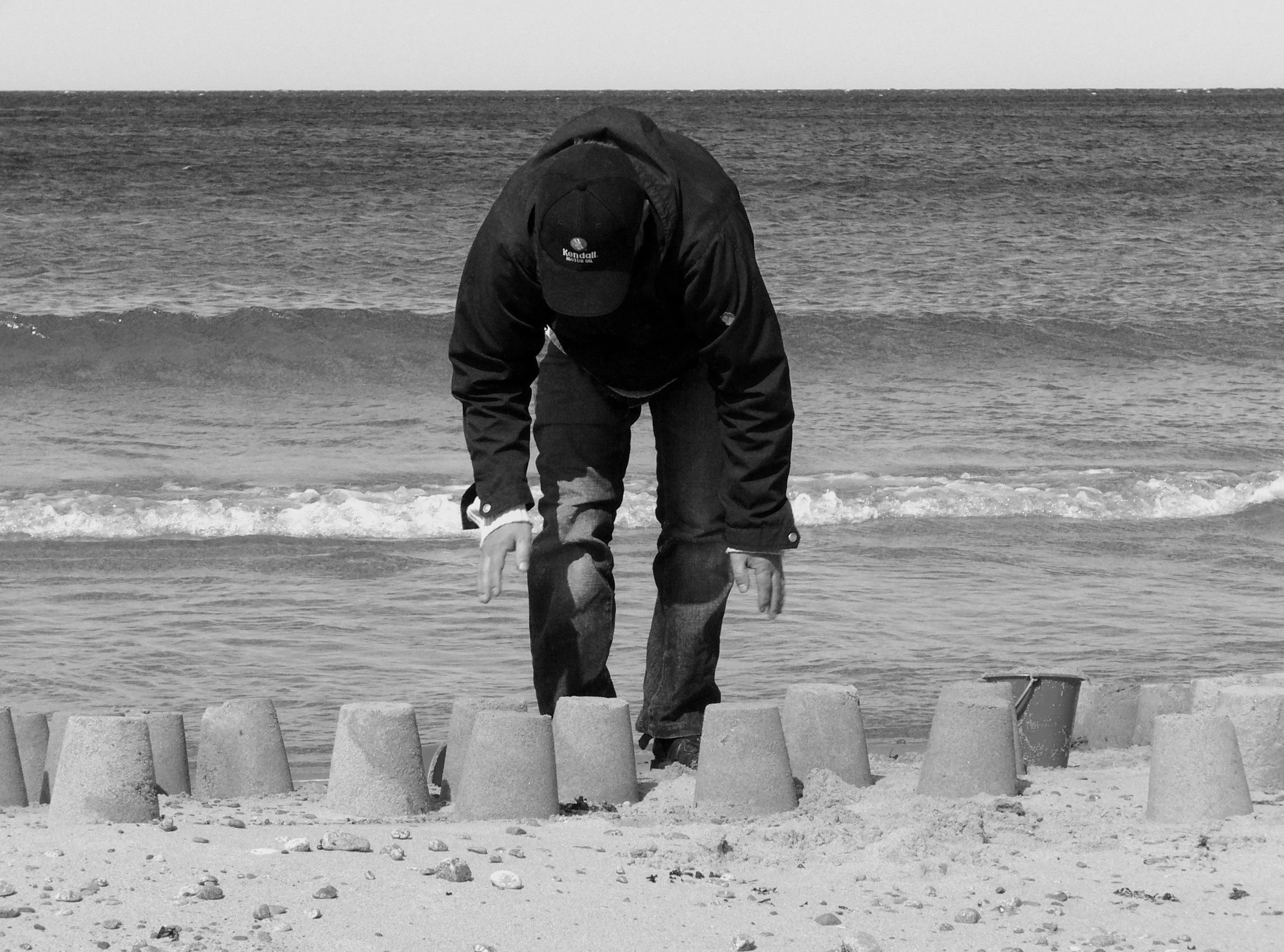Artists
Anna-Kaisa Ant-Wuorinen
Anna-Kaisa Ant-Wuorinen (b 1957) is a sculptor from Somero, West-Finland. Ant-Wuorinen takes photographs and makes video art. She uses industrially produced everyday items as material for her sculptures and environmental art.
Andy Best & Merja Puustinen
Andy Best & Merja Puustinen are visual and media artists, specialising in playful and provocative interactions in physical spaces such as galleries and museums, as well as in the urban space. Their work is powerful, provocative and often tackles social and political themes in playful, physical ways. They use many different materials, techniques and technologies to realise their ideas.
Andy Best is lecturer in sculpture and Head of the Center for General Studies at Aalto University. Merja Puustinen is Executive Director of the Union of Finnish Art Associations, as well as a PhD researcher at the University of the Arts, Helsinki.
Denise Ziegler
Denise Ziegler is an artist and a researcher of public space born in Switzerland. She has graduated as master of Arts from Academy of Fine Arts, Helsinki in 1997 and made her doctoral dissertation in 2010. In her postdoctoral research in Aalto University Levels of Elevation – the Sublime Experience as a Method to Address Public Space, Ziegler developed a new method for understanding urban space through experimental interventions.










